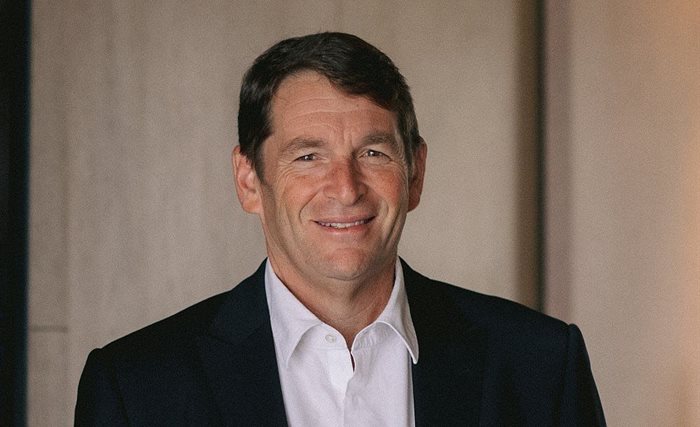
Top stories




According to Statistics SA, the population of South Africa was estimated to be 60.6 million in mid-2022, having experienced continued positive population growth despite the impact of Covid-19.
According to Lightstone, about one-third of all homes sold in South Africa during the past decade were purchased by first-time home buyers (FTHB) – a figure which rose to 37% after the aggressive interest rate cuts in 2020 and remained at 37% in 2021 before rising further to 39% during the first half of 2022.
While the percentage of FTHB remained unchanged at 37% in 2020 and 2021, the actual number of FTHB soared by 26.6% to 101,355 in 2021 amidst a surge in total transactions from a pandemic-induced slowdown in 2020. Notably, the last time there were almost as many sales to FTHB was in 2008 – with a total of 92,177 sales transactions – just before the global financial crisis.


As may be expected, sectional title sales account for a growing portion of FTHB purchases, while the percentage of FTHB who are located within estates has drifted slightly higher over the past decade, most likely due to the greater diversity in the type of homes available within estates as developers attempt to make properties within estates more accessible to a broader range of home buyers.

According to Ooba, the typical first-time home buyer (FTHB) is 35 years old. Using the StatsSA 30-39 age categories as a proxy for FTHB, it becomes clear that this age cohort accounts for a growing percentage of South Africa’s increasing population.
In 2002, this age group accounted for just over 14% of SA’s population but by 2022 this had risen to 17.7%. This goes some way towards explaining the rising demand for sectional title homes, in particular in the country’s major metro areas. It also illustrates the solid underpinning the overall housing market enjoys from new market entrants – either buyers or renters.



Just over 20% of Gauteng’s population falls into the age category which includes FTHB, followed by the Western Cape at 18.3%. It would make sense that young adults relocate to the large metro areas in search of employment opportunities and that many then purchase their first home there. This is particularly true for Gauteng, which offers more affordable housing than the Western Cape.
In 2008, according to Lightstone, over 60% of all homes sold were valued at below R500,000, a percentage which has declined rapidly since then, no doubt in part due to the escalating costs of building a home. However, if it were just a matter of cost, one would have expected the R500,000 to R1m price band to be the primary beneficiary when in fact it has been the R1m to R3m price band which has shown the strongest growth.

Contributing to the growing share of the R1m–R3m price band is the fact that nationally, the average purchase price of a home bought by the growing number of FTHB for the year to date (January to August 2022) is R1.131m, according to Ooba. This is up from an average of R1.118m during the same period last year – an increase of 1.1%. In 2020, the average FTHB purchase price was R1.03m.
While the population growth rate has slowed in recent years (+1.07% estimated in 2022 vs a high of +1.58% in 2014), growth in the number of households continues to rise (+3.04% in 2021). From 2002 to 2022, the national population grew by an average of 1.35% each year, while between 2002 and 2021 (latest available data), the number of households increased by an average of 2.52% each year.
The faster growth in households relative to population growth can be attributed to the growing percentage of single households and the rising level of families headed by a single parent/adult. This means that the demand for housing is growing at an even faster pace than the overall population, which is itself growing by more than 750,000 people each year during the past five years (2017 to 2022), according to StatsSA mid-year population estimates.
But it is not just about the total number of people or households in the country, it is also about where those people are living. A breakdown of South Africa’s population by region shows that Gauteng’s population is growing at a faster pace than in any other major province. The Western Cape is also experiencing a growing population – but at a far slower rate, while both the Eastern Cape and KwaZulu-Natal are experiencing a declining percentage of the population.


There has been a particularly sharp drop in population numbers in the Eastern Cape – many of whom may well have relocated to the Western Cape in search of employment and access to services such as education.
